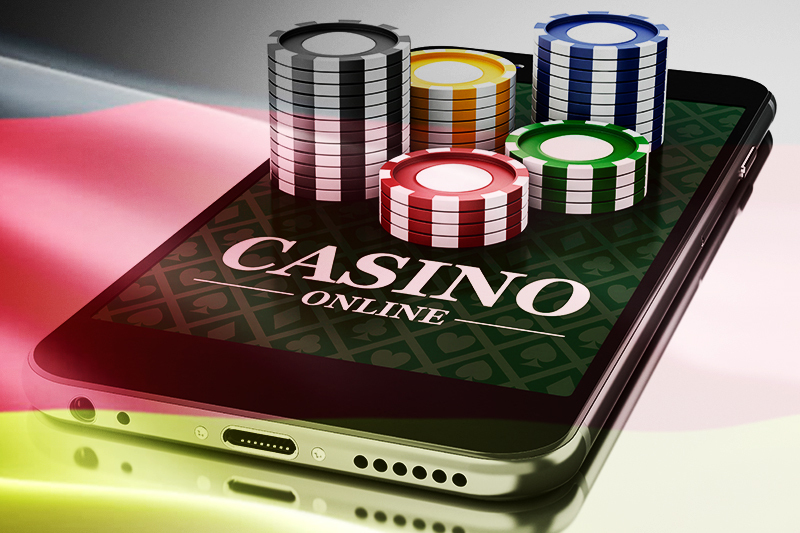The subtle science behind casino layouts

The Subtle Science Behind Casino Layouts
Casino design, whether in a grand Las Vegas hall or on a sleek mobile site, is far from accidental. Every corridor, light, and game icon has a purpose. What fascinates many who study gaming spaces is just how subtle those elements are. The moment you register, spin a digital slot, or perhaps wander through a live dealer lobby, you are being gently nudged to focus, linger, and play a little longer. This art of spatial persuasion has quietly evolved for decades, blending psychology, architecture, and digital behavior cues. Trying to enjoy roulette or explore the slots section isn’t just casual fun, it’s an orchestrated experience of attention and reward.
Most players, myself included, rarely think about the invisible framework behind these environments. But I once found myself pausing for a moment while scrolling across a virtual casino hub. The way certain banners glowed slightly more than others, or the slots seemed grouped by theme rather than randomness, made me realize there was science at play, not coincidence.
The Design Elements Behind Casino Layouts
In physical casinos, architects often talk about “flow.” It’s the quiet choreography of how guests move, pause, and interact. The same applies digitally, only now it’s about cursor trails, scrolling patterns, and where the eye lands first.

The subtle positioning of features matters. You might notice:
- Slots are placed centrally to attract both casual and regular players.
- Live dealer icons are highlighted with contrasting backgrounds.
- Jackpot counters tick subtly, producing subconscious urgency.
Lighting also mimics the psychology of comfort and momentum. Brighter areas signal active play, while lower-light zones encourage rest but keep the player close. Designers want to maintain engagement without creating fatigue. Online, the effect translates into smooth animation cycles, familiar yet modern visuals, and rewarding sound effects that don’t overwhelm.
Emotional Cues and Psychology of Space
The science isn’t just in lighting or layout; it’s in emotional balance. Many casino studies show that feelings of safety and mild suspense trigger longer playing sessions. Subtle color gradients evoke calm, while sudden audio cues bring alertness.
- Red and gold tones hint at luck and wealth; common in casino themes.
- Green backgrounds imply relaxation and “balance,” used often in registration screens or payment steps.
- Blue gradients invite trust—there’s a reason withdrawal pages lean blue.
Even the scent in physical casinos, or the digital equivalent—certain background music frequencies—primes the mind for focus. It might sound abstract, but it works similarly to how coffee shops use ambience to keep you around longer.
How Online Casinos Mirror Real-World Layouts
One of the most curious elements of modern online casinos is how they digitally replicate spatial tactics. When entering a lobby page, you often start in a “bright zone” — the homepage carousel. From there, design flow leads toward sections offering daily promotions, or instantly accessible slots. Certain developers even assign algorithmic “pathways” for returning players. It’s a form of adaptive design that balances familiarity with novelty.
- Returning users often see recommendations based on past play.
- Loyalty progress bars mimic floor-level wayfinding in physical casinos.
- Bonus notifications replace the glittering lights and sounds of nearby winning machines.
When we think about this digital translation, it’s easy to assume the goal is only to retain players—but it’s also to preserve a sense of narrative comfort. The most effective layouts don’t feel manipulative; they feel natural, maybe even cozy.
The Architecture of Bonuses and Game Flow
Bonuses and reward paths also rely on what we might call behavioral geometry. The placement of pop-ups, timing of bonus offers, or even the navigation toward withdrawal settings are part of a carefully calculated design. The interface adapts to decision fatigue and predicts player hesitation points. While many dismiss this as pure marketing, it’s actually part of human-centered design research.
- Entry bonuses are introduced early, to establish momentum.
- Loyalty systems provide micro-goals, keeping players invested longer.
- Exit offers, such as cashback, appear at natural “pauses” in activity.
From an ethical standpoint, transparency matters. Good casino layout design doesn’t just engage; it communicates boundaries clearly, letting players know the rules, payment limits, and support options up front. In this balance between fun and control lies the respectability of modern gambling platforms.
Layout Efficiency Table
Below is a simplified comparison showing how layout rhythm can impact the user experience in both physical and online casinos.
| Aspect | Physical Casino | Online Casino |
|---|---|---|
| Navigation flow | Directional floor patterns | Clickable panels and scrolling loops |
| Attraction points | Bright slot clusters | Animated banners & jackpots |
| Retention strategy | Lounge zones and drinks | Bonus reminders and personalized offers |
Conclusion
After diving into this subtle world, I’ve come to appreciate how design and psychology quietly shape behavior. The intersection of light, architecture, and digital UX creates an immersive rhythm that pulls players in without shouting. Whether strolling through a glittering hall or scrolling on a tablet, every blink of light or shifting tile is a whisper of intention. Perhaps next time you log in to play a quick slot, you’ll sense that unseen choreography guiding your journey.
FAQ
- Do online casinos use the same psychological tricks? – Yes, though adapted digitally; color, movement, and layout timing mimic real spaces.
- Can design increase responsible gambling? – Absolutely. Clear menu accessibility and gentle reminders help users stay aware of time and spending.
- How much do players notice layout differences? – Consciously, not much. But subconsciously, even subtle pattern cues affect engagement and satisfaction.
